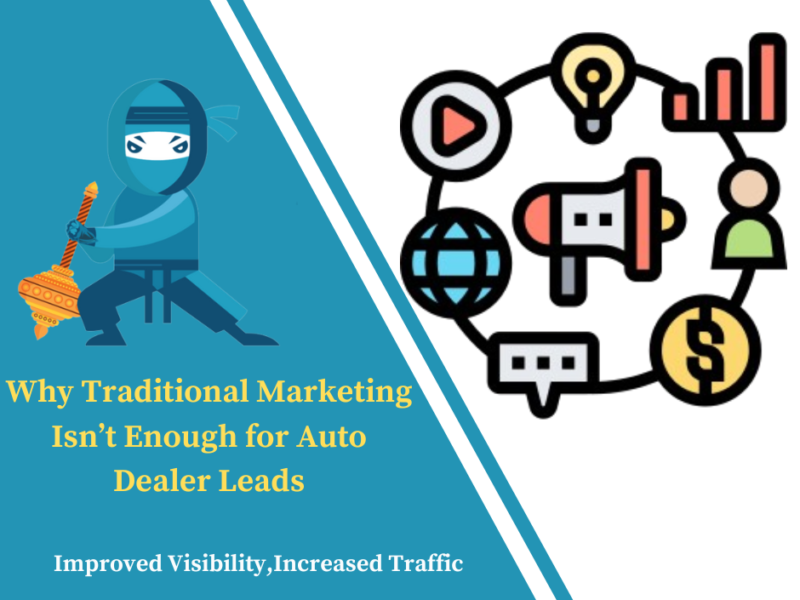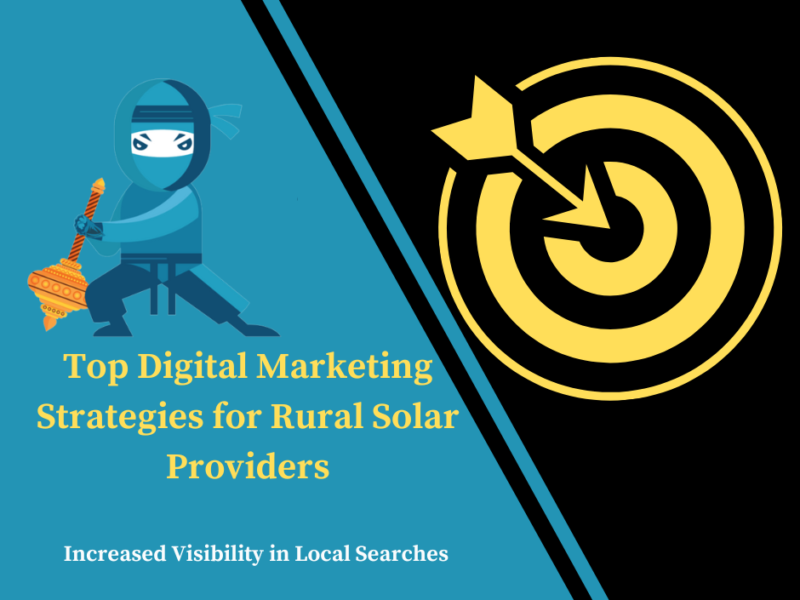
Days
Hours
Minutes
Seconds
Your Deal is Expired
|
|

Edit Content

As a leading online marketing company, always focuses on changing and improving businesses and their outcome.
Where to find us
- SN-3, First floor, ratauli road, near Town park, Bank Colony
- herry@hanuitsolutions.com
- +917082069620
Working Hours
- Mon-Sat : 9:00am - 6:00pm
- Sunday - Closed
Get In Touch
Facebook-square
Instagram
Linkedin
Tag: Search Engine Optimization (SEO)

Top Web Development Services to Enhance Your Business Website
In today’s digital-first world, having...

Website Design and Marketing: Building a Site that Converts
In today’s fast-paced digital landscape,...

Why Traditional Marketing Isn’t Enough for Auto Dealer Leads
In an age where nearly every consumer journey...

5 Common E-Commerce Mistakes That Are Costing You Sales
E-commerce has opened a world of opportunities...

Top Digital Marketing Strategies for Rural Solar Providers
In today’s digital age, the solar energy industry...

Why Niche Content Marketing Is Key for Solar Panel Businesses
In the competitive landscape of solar panel...
No posts found


